Interview with Aditya Pittie, Author of “Viksit Bharat: India @2047”
India @2047 charts a $30+ trillion vision, blending policy, innovation, and inclusivity—empowering citizens to drive collective nation-building.on Oct 06, 2025
.jpg)
Frontlist: Viksit Bharat: India @2047 positions itself as both a blueprint and a manifesto. When you set out to write it, what was the central question or challenge you wanted to address for readers?
Aditya: When I embarked on writing ‘Viksit Bharat India @2047’, the central question driving me was: How can India harness its current momentum—under the visionary leadership of Hon’ble Prime Minister Shri Narendra Modi Ji—to not just aspire to developed nation status by our centenary of independence, but to actively build a $30+ trillion economy that is inclusive, sustainable, and globally influential?
The challenge I aimed to address was the fragmentation of information on India's developmental path. Readers—whether policymakers, entrepreneurs, students, or citizens—often encounter piecemeal data or overly optimistic narratives without actionable insights.
My goal was to create an unparalleled repository: a comprehensive, data-driven blueprint that demystifies the journey, blending rigorous analysis with real-world case studies. Inspired by Hon’ble PM Narendra Modi Ji's call—"यही समय है, सही समय है, भारत का अनमोल समय है" (This is the time, the right time, India's precious time)—I wanted to empower readers to see "Everything is Possible," turning abstract aspirations into tangible steps for collective nation-building.
I also wanted to motivate readers and the citizens of India to take pride in our country and participate in nation-building as the mission of Viksit Bharat is a collective effort.
Frontlist: The book envisions a $30+ trillion economy by 2047. In your view, what are the non-negotiable policy priorities that must be acted on today to make this vision a reality?
Aditya: To realize a $30+ trillion economy by 2047, several non-negotiable policy priorities demand immediate action.
First, massive investment in human capital through education and skilling reforms—aiming for universal access to quality STEM education and vocational training to leverage our demographic dividend of over 65% youth under 35.
Second, infrastructure acceleration: Scaling up projects like Bharatmala and Sagarmala to build world-class roads, ports, and digital networks, with a focus on sustainable and scalable infrastructure.
Third, innovation and R&D: Boosting funding to 2-3% of GDP, expanding PLI schemes across emerging sectors like AI, biotech, and renewables to foster indigenous tech unicorns.
Fourth, inclusive growth via 'Antyodaya'—ensuring schemes like PM Awas Yojana and Ayushman Bharat reach the last mile, reducing inequality and empowering women through initiatives like self-help groups.
Finally, governance reforms: Digitising bureaucracy, judicial reforms, easing business regulations, and promoting public-private partnerships to cut red tape.
These priorities, if pursued relentlessly today, will compound into exponential growth, aligning with Hon’ble PM Narendra Modi Ji's reform-perform-transform mantra to propel Viksit Bharat.
Frontlist: The phrase “Viksit Bharat” carries both aspiration and responsibility. How do you define the idea of “development” in a way that goes beyond GDP and economic growth?
Aditya: "Viksit Bharat" is more than a slogan—it is the vision and mission statement of a nation on the rise and is a holistic ethos of aspiration fused with collective responsibility.
To me, development transcends GDP metrics; it is about human aspirations and inclusivity and equitable growth. Beyond economic growth, it encompasses dignity for every citizen—ensuring 'Antyodaya,' where even the most vulnerable enjoy a minimum standard and quality of life, access to healthcare, education, and sanitation. It is sustainable: Balancing rapid industrialization with environmental stewardship, like our push for renewables. Development is inclusive, empowering marginalized communities through schemes like Ujjwala and fostering gender equality. It revives cultural heritage and pride by integrating ancient wisdom with modern innovation, promoting spiritual and moral upliftment. Ultimately, it is measured by the quality of life—reduced poverty (250 million people lifted out of multidimensional poverty since 2014), global leadership in technology and diplomacy, and a sense of national pride.
As Hon’ble PM Narendra Modi Ji envisions, it is a developed India where prosperity is shared, innovation thrives, and every Indian contributes to and benefits from the nation's renaissance.
Frontlist: Many Indians, including students, professionals, and policymakers, will read this book from very different vantage points. How did you strike a balance between creating a rigorously data-driven work and making it accessible to diverse audiences?
Aditya: Balancing rigour with accessibility was central to crafting ‘Viksit Bharat India @2047’. As a data-driven blueprint, the book draws on extensive statistics and benchmarks from global indices to offer credible, evidence-based insights for policymakers and professionals.
Yet, recognizing diverse readers like students and all citizens, I included simplified narration along with a consistent structure and format in each chapter, to make complex data and dense information digestible and relatable.
Chapters are organized thematically—economy, infrastructure, innovation—with clear structure and actionable recommendations, avoiding jargon where possible.
The foreword by Prof. S.P. Kothari from MIT Sloan grounds it academically, while the quotes included in the book add motivation.
This hybrid approach ensures it serves as both a manifesto and inspiration for all: rigorous for experts, inspiring for aspirants, and fostering a shared vision of India's $30+ trillion future.
Frontlist: If you had to distill the book’s essence into one actionable message for the everyday citizen, not policymakers or economists, what would it be?
Aditya: One actionable message for the everyday citizen is this: Embrace the spirit of ‘Nation First’ and that "Everything is Possible"—start today by contributing your unique skills to nation-building, whether through innovation in your job, supporting local enterprises, or participating in community initiatives.
As Hon’ble PM Narendra Modi Ji reminds us, —"यही समय है, सही समय है, भारत का अनमोल समय है" (This is the time, the right time, India's precious time). Every Indian, from a student inventing sustainable solutions to a farmer adopting tech, is a builder of our $30+ trillion future.
Act with resolve: Educate yourself, vote wisely, and live 'nation first.' Your combined efforts, will accelerate India's transformation into a developed nation by 2047.
Frontlist: As an entrepreneur and policy thought leader, you straddle both private innovation and public systems. How do you see these two forces, enterprise and governance, working together to propel India toward 2047?
Aditya: I see enterprise and governance as symbiotic engines propelling India to its 2047 targets. Private innovation drives efficiency and disruption, while good governance provides the supporting rails and framework, enabling firms like mine to thrive.
This synergy—enterprise innovating, governance enabling—will realize Viksit Bharat's $30+ trillion vision, blending market dynamism with inclusive policies for sustainable growth.
Frontlist: You’ve co-authored Modi’s North East Story earlier, and now this book. How did the shift from documenting a regional transformation to crafting a national blueprint challenge you as a writer?
Aditya: Shifting from co-authoring ‘Modi's North East Story’—which chronicled the remarkable regional transformation of India's ‘Ashta Lakshmi’ states in the North East since 2014 under Hon’ble PM Narendra Modi Ji's leadership—to crafting ‘Viksit Bharat India @2047’ as a national blueprint was both exhilarating and demanding.
The earlier book has a narrower focus and was an anthology of essays written by stakeholders and regional experts. It required deep dives into localized data and stories. In contrast, Viksit Bharat demanded a panoramic scope: Synthesizing vast national and global datasets to project a $30+ trillion economy by 2047. The challenge lay in scaling up—balancing granular case studies with macro visions, ensuring rigour without overwhelming readers.
As a writer, it pushed me to integrate my entrepreneurial insights with policy depth, turning documentation into a manifesto. Ultimately, it reinforced my commitment to Hon’ble PM Narendra Modi Ji's transformative ethos, evolving from regional development to national renaissance.
Frontlist: If you were to look back from the year 2047, what single milestone or achievement would make you feel India truly became a “Viksit Bharat”?
Aditya: Looking back from 2047, the single milestone defining India as a true "Viksit Bharat" would be achieving universal dignity and prosperity—where every citizen enjoys a minimum standard of living, with poverty eradicated, full employment, and equitable access to education, healthcare, and opportunities.
This encompasses our $30+ trillion economy, but goes beyond: a nation leading globally in innovation (e.g., top AI exporter), sustainability (with net-zero achieved), and cultural harmony.
Inspired by PM Modi Ji's 'Antyodaya,' it would mean the last person in line thrives, symbolizing inclusive growth. As an entrepreneur and author, seeing this would affirm our collective triumph.


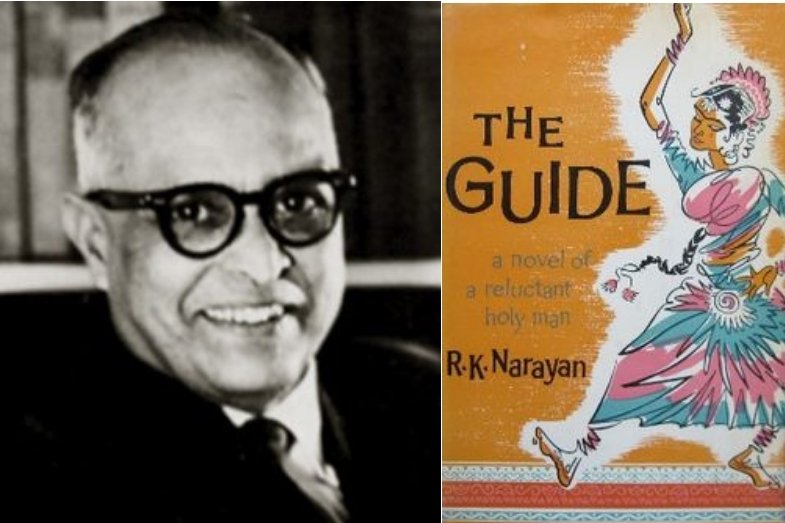
.jpg)

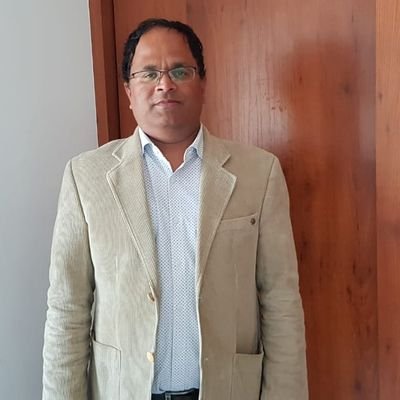

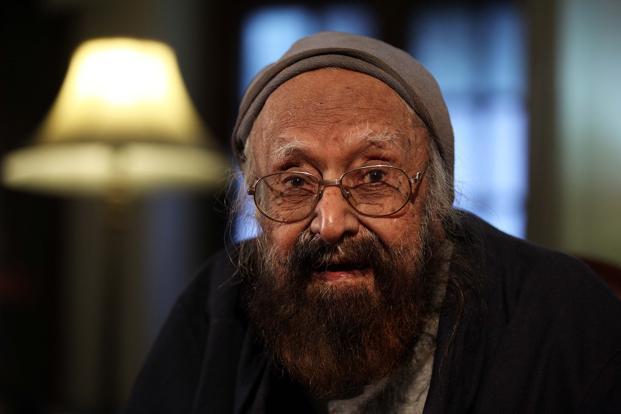
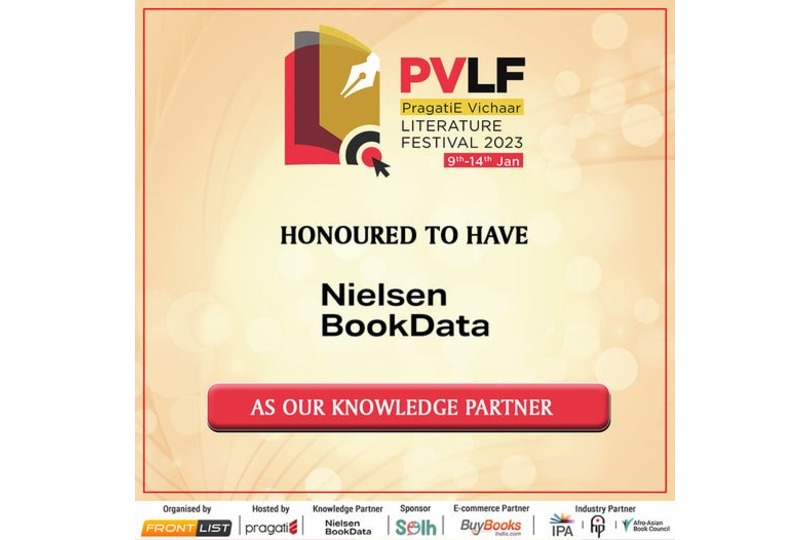
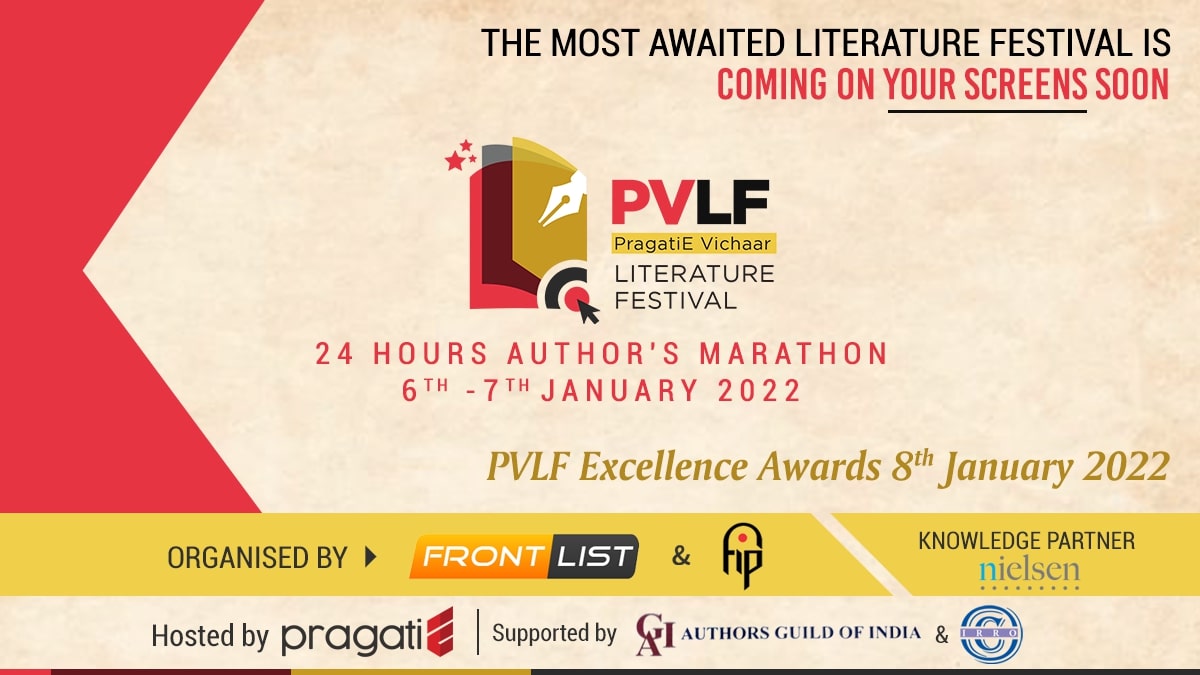
.jpg)

.jpg)
.jpg)
.jpg)
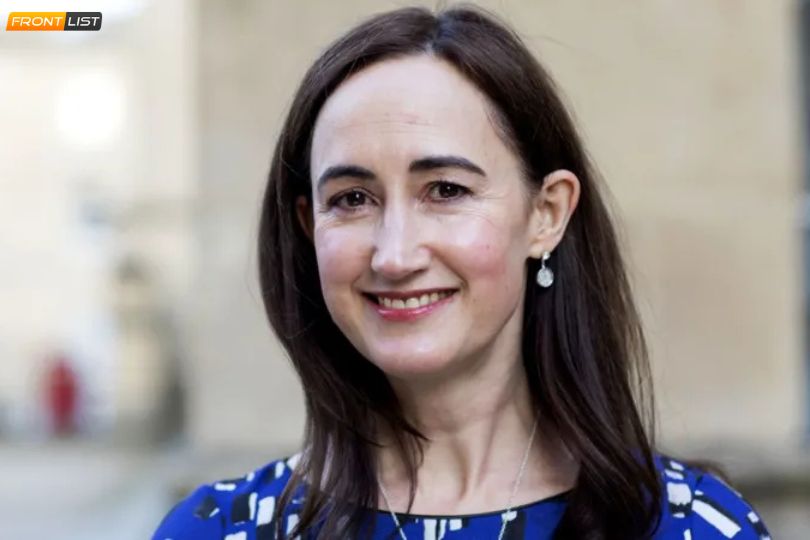
.jpg)
.jpg)
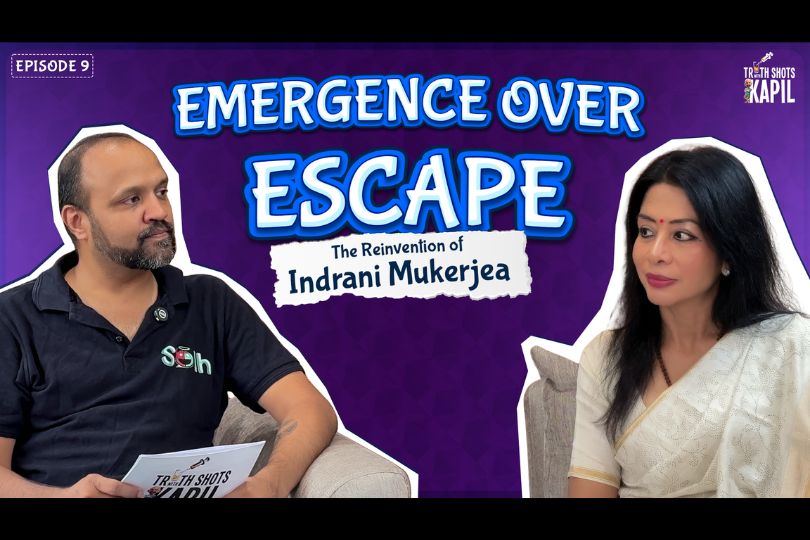
.jpg)

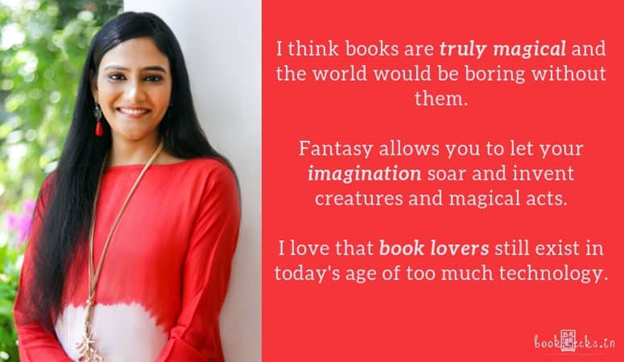
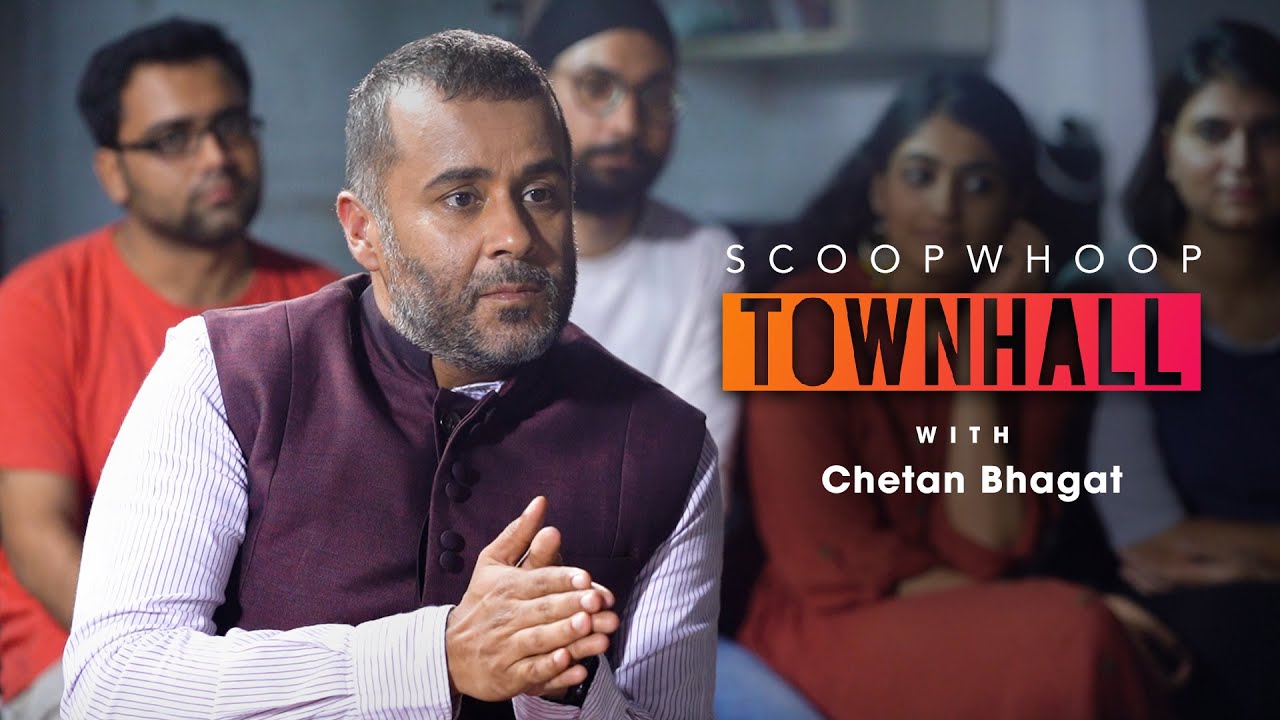
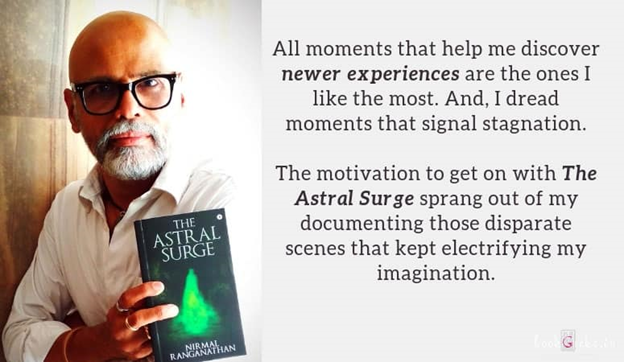
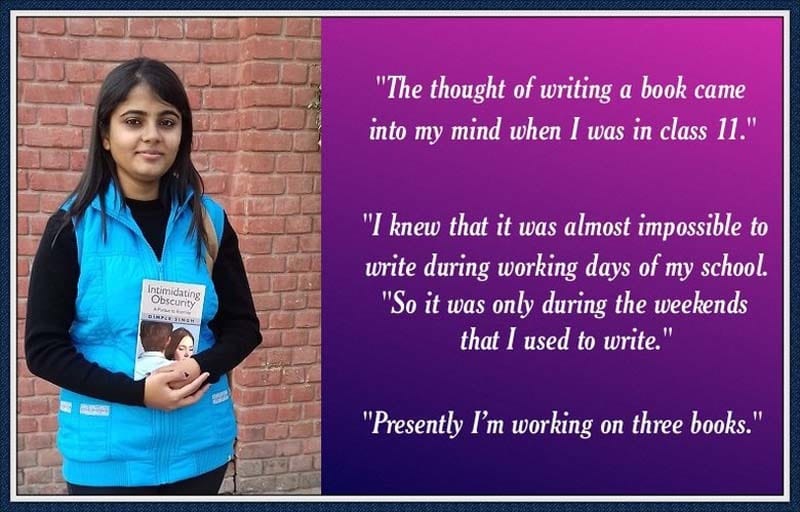


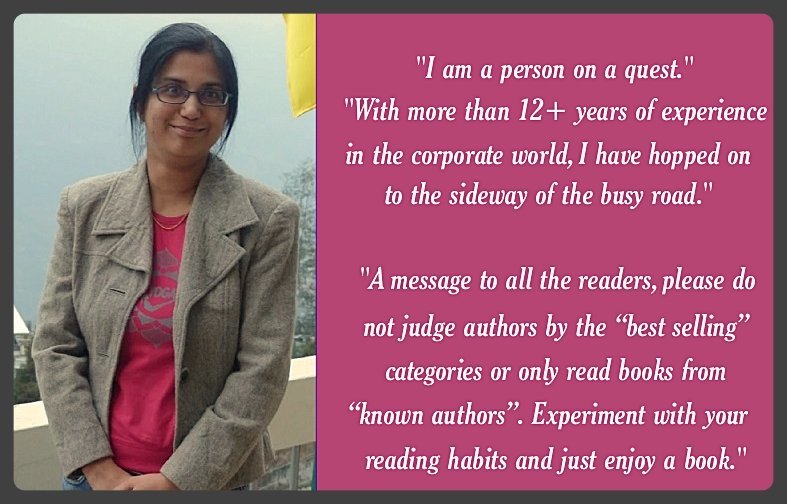


Sorry! No comment found for this post.